Tekoma is a graceful perennial vine native to China and North America. Gardeners actively use it in vertical gardening of plots, as the flower looks very nice.
Content
Features of growing a flower
Liana grows very quickly, in the process it climbs to a height of up to 15 m thanks to the roots-suction cups that cling to the support. The fragile stems of the plant are covered with flowers, the shade of which can vary from yellow to bright red.
Use in landscape design: examples in the photo
A flower liana is a wonderful decor that can be used to decorate any fence, gazebo or even the wall of a residential building. The plant is also used for landscaping balconies, loggias, terraces.
The flower steadfastly tolerates a polluted environment, so it is boldly used in city parks.
This plant looks good with clematis, geraniums, sage or lavender. From such a set, beautiful flower beds, compositions or hedges are obtained.
The liana is planted with caution near the painted walls of the house.... First, the roots contain an aggressive substance that can ruin the paint. Secondly, flowers attract a lot of insects, which often fly through open windows.
Features of growing street and home tekoma
The main purpose of tekoma is street gardening. In this case, it is placed in a well-lit place without cold and drafts. Some gardeners choose to grow the flower as a houseplant. It is formed in the form of a standard tree, regularly trimming the crown.
If the vine was grown from seed, the first flowers will appear in 4-5 years. When ripe from the cuttings, the plant develops more actively, therefore it blooms already for 2-3 years. On an adult tree, the buds appear at the end of May and fall off in September.
Climate and soil for cultivation
This vine grows well and blooms actively in mild climates. In cold regions, it is also capable of growing, but requires insulation for the winter. Those varieties that took root in North America were able to adapt to the harsh Russian climate. They are able to withstand short-term frosts down to -20o C.
The soil for planting must be loose and very fertile.... A composition of earth, sand and peat is optimal. But additional drainage must be placed on the bottom of the hole.
Popular varieties with photos
There are not too many varieties of the plant, the main ones are listed below.
Capensis
Popularly called "kapé honeysuckle", although there is no resemblance to real honeysuckle. Reaches 2–3 m in height, has complex leaves with jagged edges. The buds bloom at different times of the year, stretching 10-15 cm in length.
Stanza
Flowers with a golden yellow tint, a tube-shaped corolla. The leaves are sharp, bright green, the edge is jagged. The plant looks very impressive.
Becky
Liana from Bolivia, which has a simple leaf structure. The buds are the same as in tekoma capensis.
Castanifolia
The variety came to Russia from Ecuador, and is also distinguished by simple leaves without chipping. The rest is identical to the tekome stanzas.
Planting methods
Any plant variety propagates by seeds, cuttings, cuttings and root babies. The last method is the simplest: part of the root, along with the young shoot, is cut off from the bush and transplanted to a new place. The procedure can be carried out both in spring and autumn. The rest of the methods are somewhat more complicated.
Seed reproduction
The seeds ripen in late autumn in brown pods. They must be collected and stored until spring. Sowing is carried out in open ground without using seedlings, while several features should be taken into account:
- peas do not need to be prepared in advance, they are placed in the ground dry;
- sowing takes place in mid-April, when the risk of repeated frosts disappears;
- the seeds are placed in loose soil to a depth of 0.5–0.8 cm.
The first shoots appear in 20-25 days. If necessary, after the appearance of 5–6 leaves, the flower is transplanted to its permanent habitat.
Cuttings
When the vine begins to grow actively, but aerial roots do not appear yet, several cuttings are made from the shoots. They are immediately added to the nutrient soil. If in doubt about the result, sprinkle the bottom with root powder. After planting, the cuttings are shaded, watered abundantly and regularly.
It is worth waiting for flowering 2-3 years after planting.
Layers
The procedure is carried out in the spring before the first buds appear. The lower stems, which have already begun to thicken, are bent to the ground and slightly instilled. Until the end of the season, they are watered abundantly. By the spring, young roots are formed at the cuttings, so new plants are planted for the next season.
Garden tekoma care
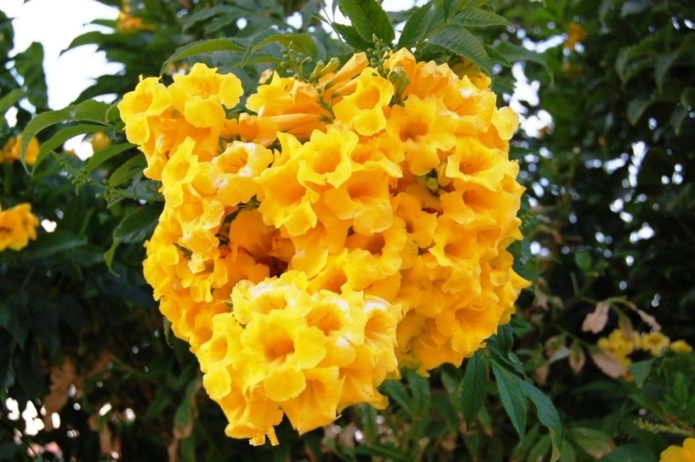
Subject to the necessary rules when growing tekoma, you can get a really beautiful and effective garden decoration
Liana is quite capricious in care, it is especially important to cut off excess branches every year and monitor the abundance of watering.
Features of tekoma care: table
| Care steps | Features: |
| Watering | In watering, it is important to find a middle ground - not to overmoisten the soil and prevent excessive drying out. In extreme heat it is necessary to water 3-4 times a week, but abundantly. Care should be taken to ensure that the topsoil dries out completely between treatments. Watering is significantly reduced by autumn |
| Top dressing | Top dressing is needed only for plants after 2 years of life. For fertilization, nitrogen-phosphorus mixtures are used. It is enough to carry out the procedure once every 30 days from April to September. In autumn and winter, you do not need to feed the liana |
| Pruning | In order for the plant to please with a beautiful neat crown, molding is carried out in the second year after planting. 5-6 of the strongest shoots are left on the liana, the rest are cut off. In the future, the procedure is carried out every spring. It is necessary to prune branches that were covered with flowers last season. The upper part is removed into 2 kidneys. Also, every spring you need to cut off frozen and weak shoots - this stimulates the formation of new inflorescences |
| Troubleshooting | The main problems that can arise when growing:
Flowers are odorless, but their nectar attracts flies, aphids and wasps. Insecticides will help get rid of them. |
| Preparing for winter | The plant loves warmth, but calmly survives the cold. Therefore, you do not need to dig it up for the winter. However, you will need a shelter that protects from getting wet and severe frost. Shoots must be removed from the support, laid on the ground and covered with covering material on top. If the vine grows on boles, the insulation is attached to the base with wire |
Every 5-6 years, the plant needs cardinal rejuvenation... To do this, all shoots are cut shortly in early spring (before the buds wake up).
Cropping tekoma in spring: video
Growing at home
Liana feels great in the apartment, if you take care of the conditions of detention. In warmth and with sufficient light, the plant can bloom all year round.
Temperature
In the spring-summer season, the air temperature should remain at around + 20 ... 25°C.
If possible, it is better to take the flower pot out to the balcony or terrace: the vine will respond to fresh air and sunlight with abundant flowering.
With the onset of winter, the plant goes into a dormant state, you can transfer it to a room with a temperature of up to +15°C. Watering in winter is also reduced.
Pruning
When the home bush fades, the long stems are cut off. It is necessary to form a neat compact form. You should not be afraid, the plant accepts a cardinal "haircut" well. If there is no purpose to collect seeds, immediately after ripening, the fruits should be cut off: this will help to extend the flowering period.
Air humidity
At home, the vine is sprayed in the morning every 3 days, using settled water at room temperature for this. You can also increase the humidity with a household humidifier.
Tekoma is a charming and versatile plant that can be used to decorate an inconspicuous fence, provide a pleasant shade in a gazebo, or even strengthen a wall. But it is important to remember that this is an exotic liana that can refuse to bloom if the summer is cold.
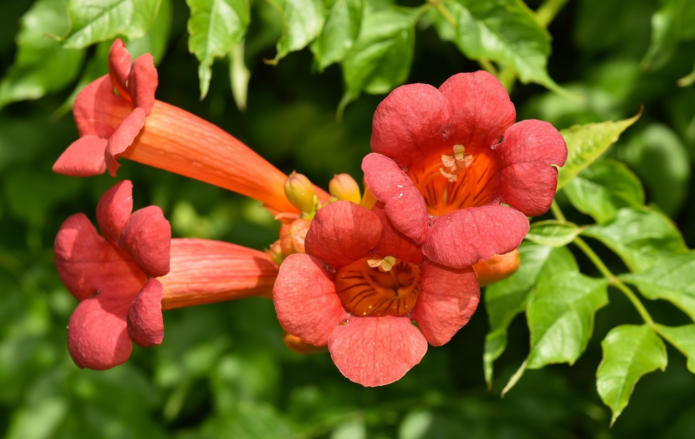
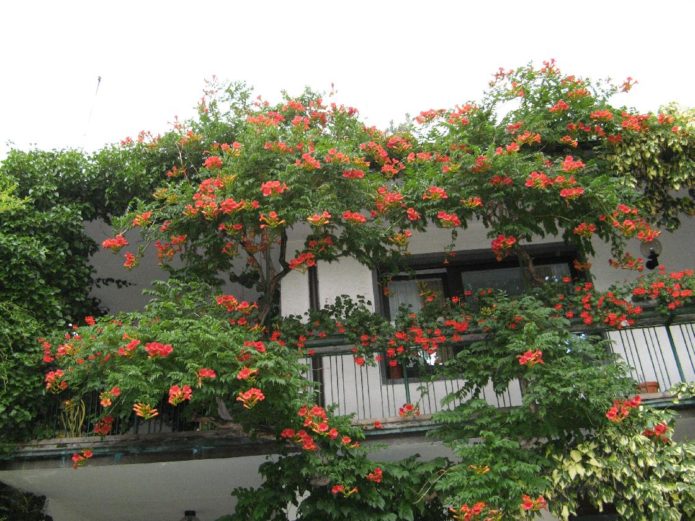
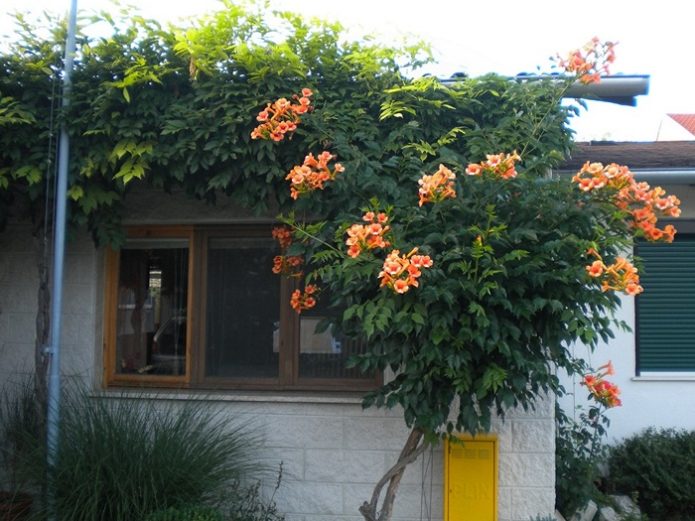
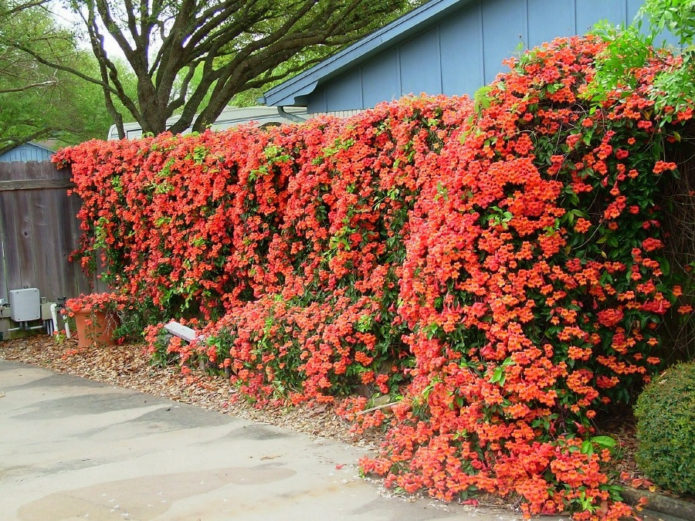
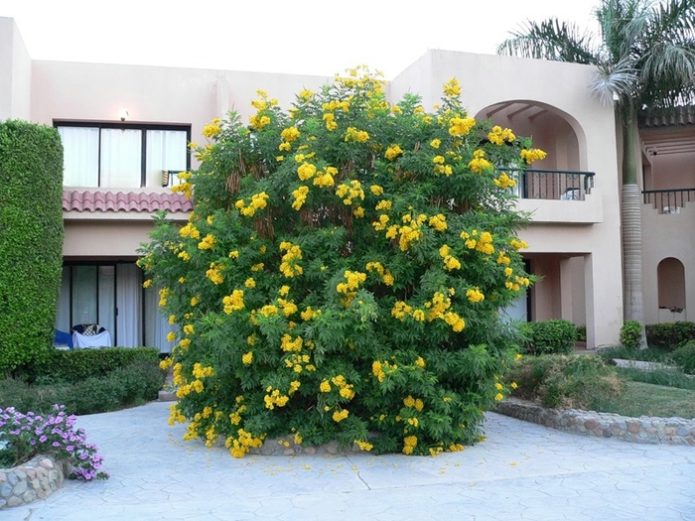
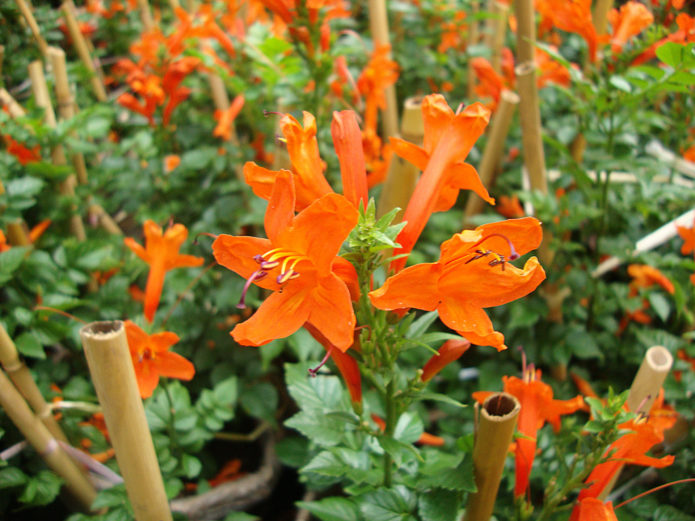
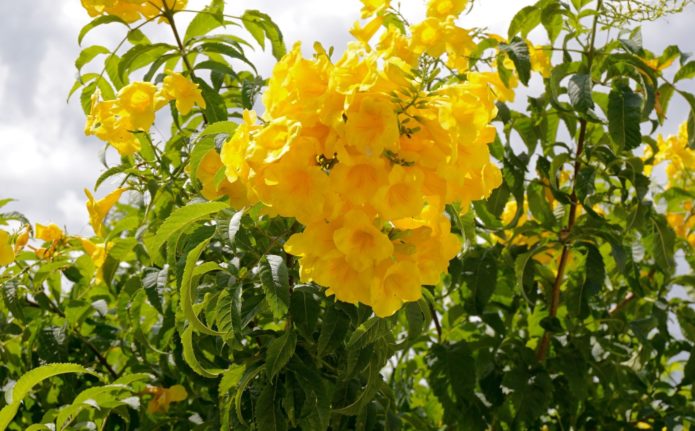
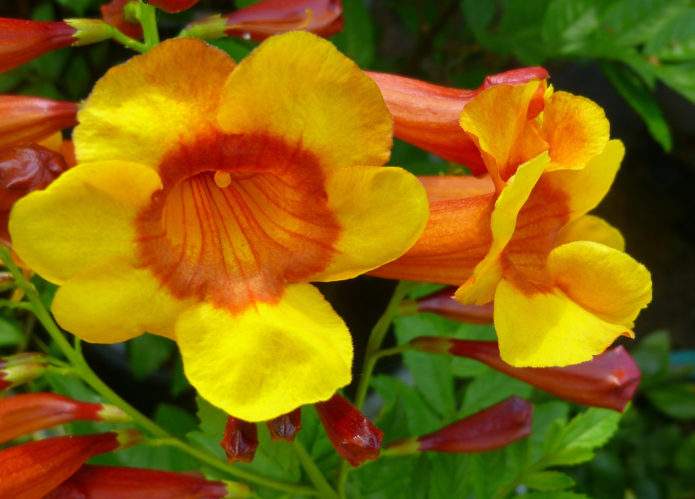
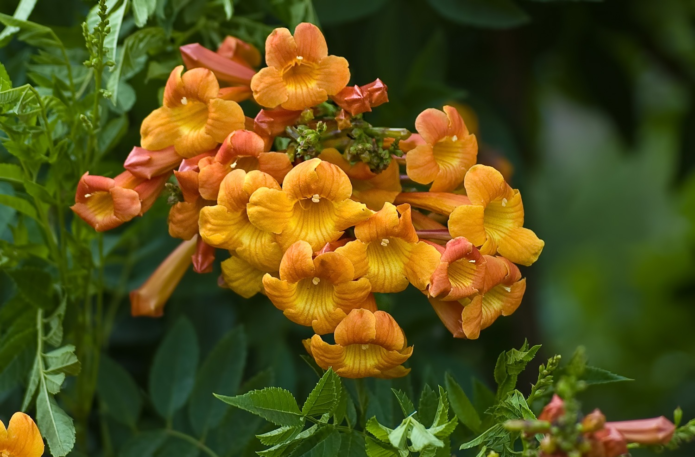
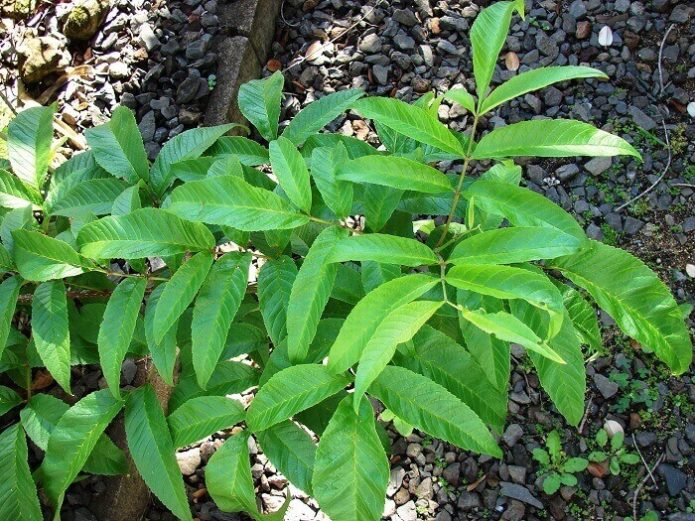
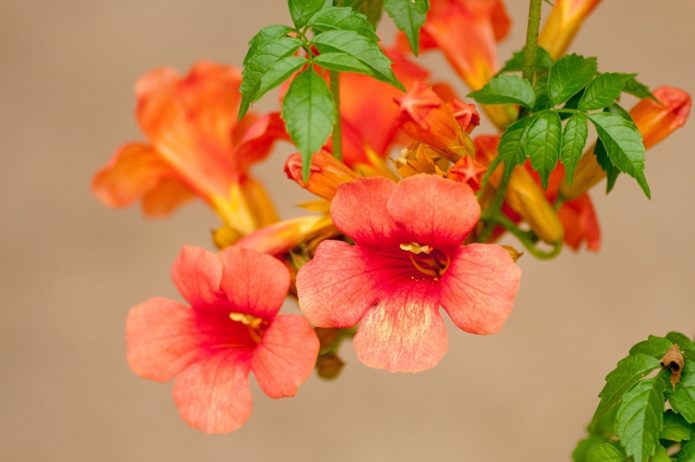
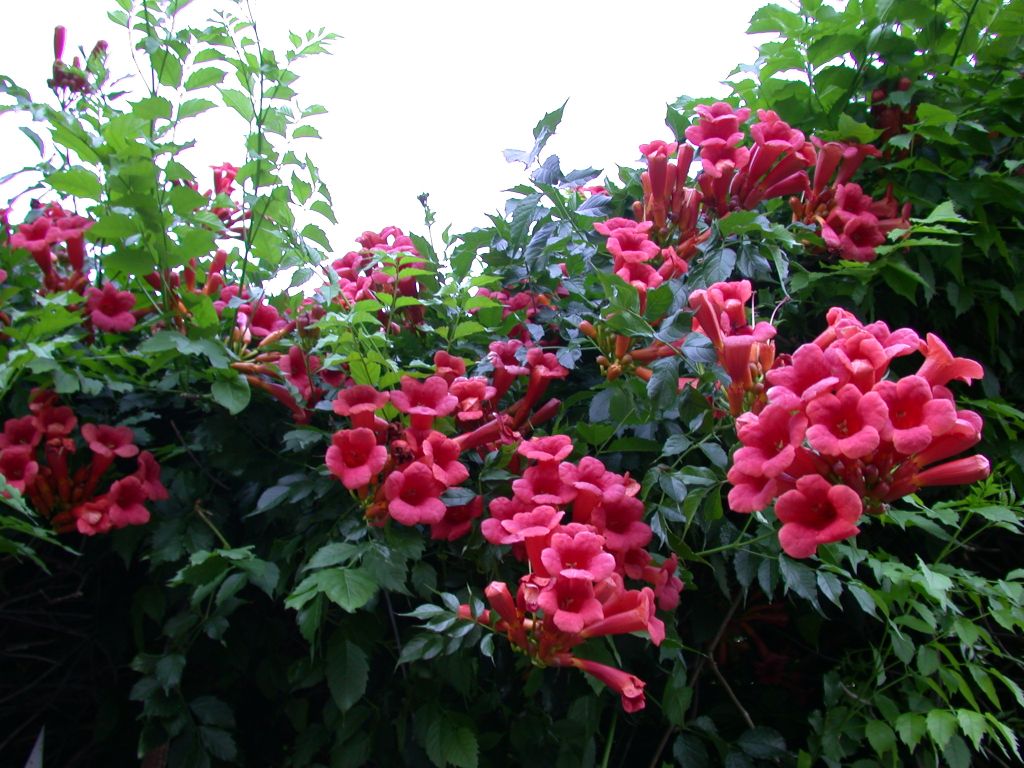
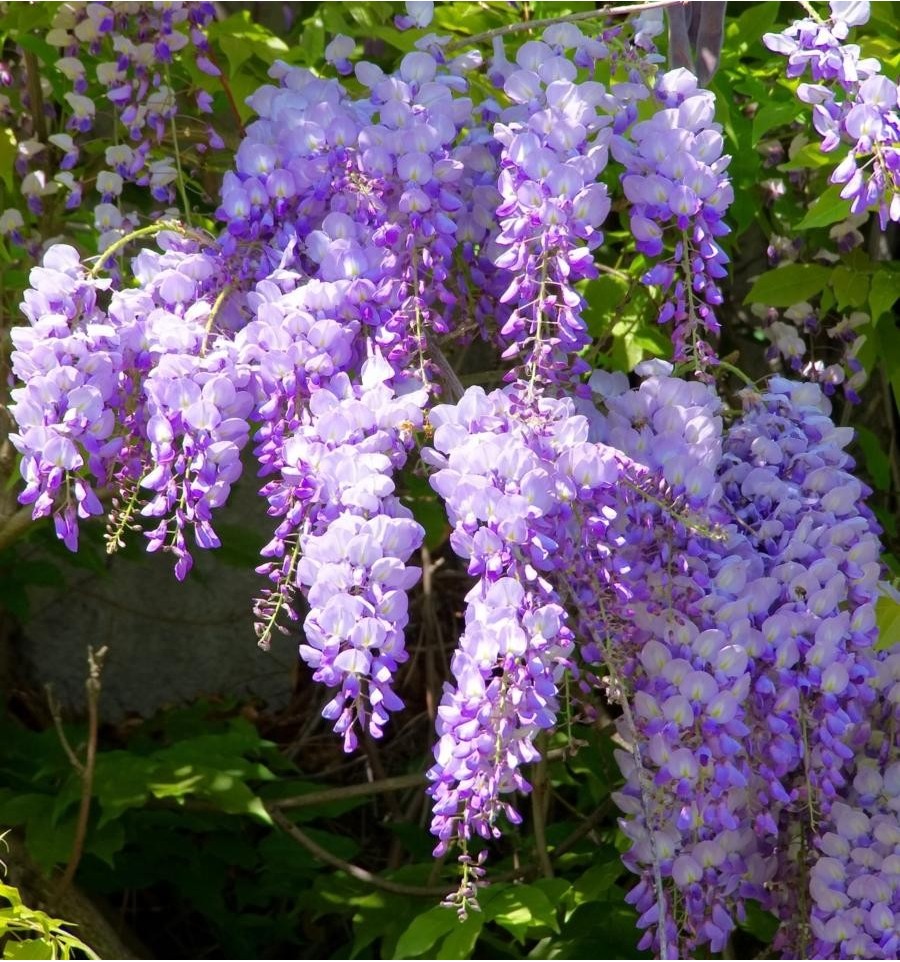

1 comment